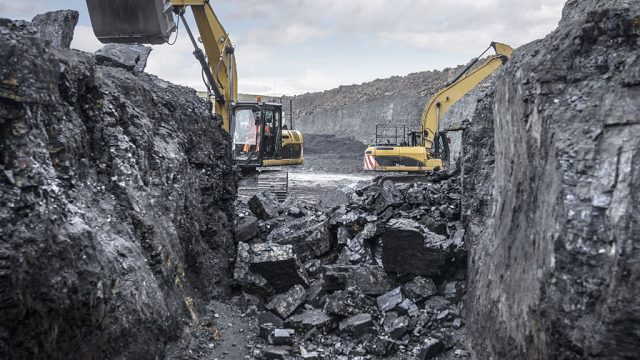The executive secretary Yobe State Emergency Management Agency (SEMA) Dr Mohammed Goje said flood disaster has affected a total of 50, 631 individuals from 15th April to 9th September 2024 across the state.
Goje has in a statement issued on the effect of the disaster in the state equally said the agency has profiled and estimated N19 billion public and other community structures affected by the flood disaster across the state.
The executive secretary stated that the 2024 flood became one of the most devastating disasters in recent history affecting at least 441 communities killing 34 people and injuring 386 individuals among other humanitarian crises in the state.
“The 2024 flooding has exposed vulnerabilities in our critical infrastructure and emergency response systems, highlighting the urgent need for coordinated intervention and resource mobilization to restore normalcy.
“The unprecedented flooding has left 441 communities across the state in disarray. So far, 20,181 households, totaling 50,631 individuals, have been affected. Families have seen their homes, farmlands, and public facilities severely damaged, with 30,848 houses, structures, and agricultural plots destroyed. The disaster has also claimed 34 lives, while 386 individuals have sustained injuries, further underscoring the humanitarian crisis.
“The financial implications are staggering. The total estimated cost of damages and recovery efforts is over NGN19billion, covering the reconstruction of critical infrastructure, public facilities, and support for affected communities.
“Several factors have contributed to this catastrophic event. The flooding between April 15th and September 9th, 2024, was driven by heavy rainfall exacerbated multiple factors including defective infrastructure, community attitudinal issues, increase rainfall as a result of climate change, as well as potential discharges from the Dadinkowa Dam, Hadeja-Jama’are River, River Kumodugu, and the Lagdo Dam in Cameroon. These elements overwhelmed drainage systems and infrastructure, especially in low-lying areas, causing severe disruptions to transportation networks, businesses, and public safety,” Goje disclosed.
The ES further said the agency has learnt that the 2024 flooding has prompted critical reflections on disaster preparedness and response strategies especially on investment in infrastructure, early warning system, community engagement, adoptive planning among others.
On a path forward, Goje stressed that “Strengthening Resilience While progress has been made in enhancing flood resilience, ongoing efforts are essential to address evolving risks.
“By embracing innovation, leveraging technology, and fostering collaboration between government, development partners, the private sector, and civil society, Yobe State can build a more resilient and sustainable future.
“The 2024 flooding in Yobe State is a stark reminder of the growing threat posed by disasters. By learning from this experience, investing in resilient infrastructure, and fostering community engagement, Yobe State can strengthen its capacity to withstand and recover from future disasters.”

 2 days ago
2
2 days ago
2















 English (US) ·
English (US) ·